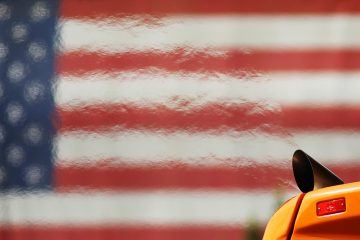Joseph Curtin and Max Münchmeyer in Foreign Policy:

Even as international efforts to address climate change have gathered momentum, emissions of heat-trapping gasses have risen, reaching a new peak last year. The next major opportunity to reverse the trend will be the United Nations’ Climate Action Summit in New York this coming September. But a necessary element that could break the deadlock—U.S. leadership—will be absent.
Back in 2016, at the end of U.S. President Barack Obama’s tenure, the United States formally joined the Paris agreement, which he believed was the “most ambitious climate change agreement in history.” By signing on, Obama argued, the United States had become a global leader in the fight against climate change. He was right—at that time, the United States was on track to cut carbon emissions by up to 26 percent below 2005 levels by 2025, in line with the objective it had set under the agreement.
But that moment has passed. In 2018, emissions growth resumed as the Trump administration rolled back the Obama-era environmental protections. This wasn’t the first time such a thing had happened. In fact, the cycle is relatively well established.
More here.
